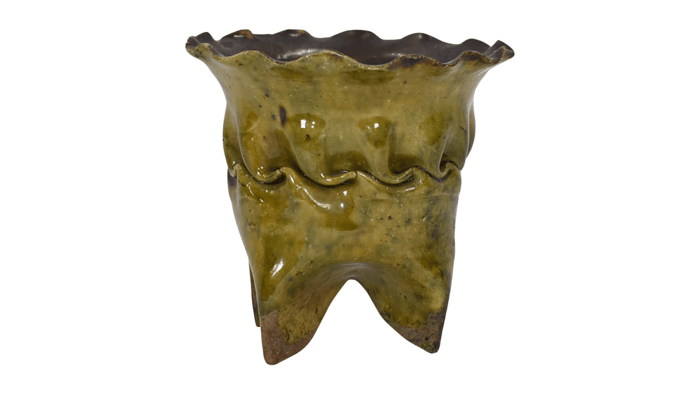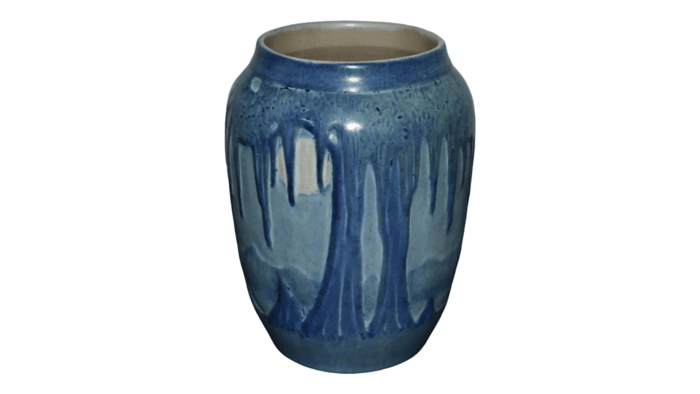George Ohr Art Pottery Fakes and Reproductions
George Ohr, often hailed as the "Mad Potter of Biloxi," was a maverick in the world of art pottery and ceramics, creating avant-garde and eccentric pottery during the late 19th and early 20th centuries. His innovative and unique creations have made him an iconic figure in the history of American art pottery, leading to continued interest in authentic George Ohr pottery for sale.
However, with the rising popularity and value of Ohr's work, a dark underbelly has emerged – the world of George Ohr art pottery fakes and reproductions. I personally seen reputable, nationally known auction galleries unknowingly sell reproduction ceramics as original George Ohr art pottery. This article delves into the intricacies of this issue, exploring the motivations behind the creation of fake Ohr pottery, the methods employed by forgers, and how collectors and enthusiasts can protect themselves from falling victim to deception.
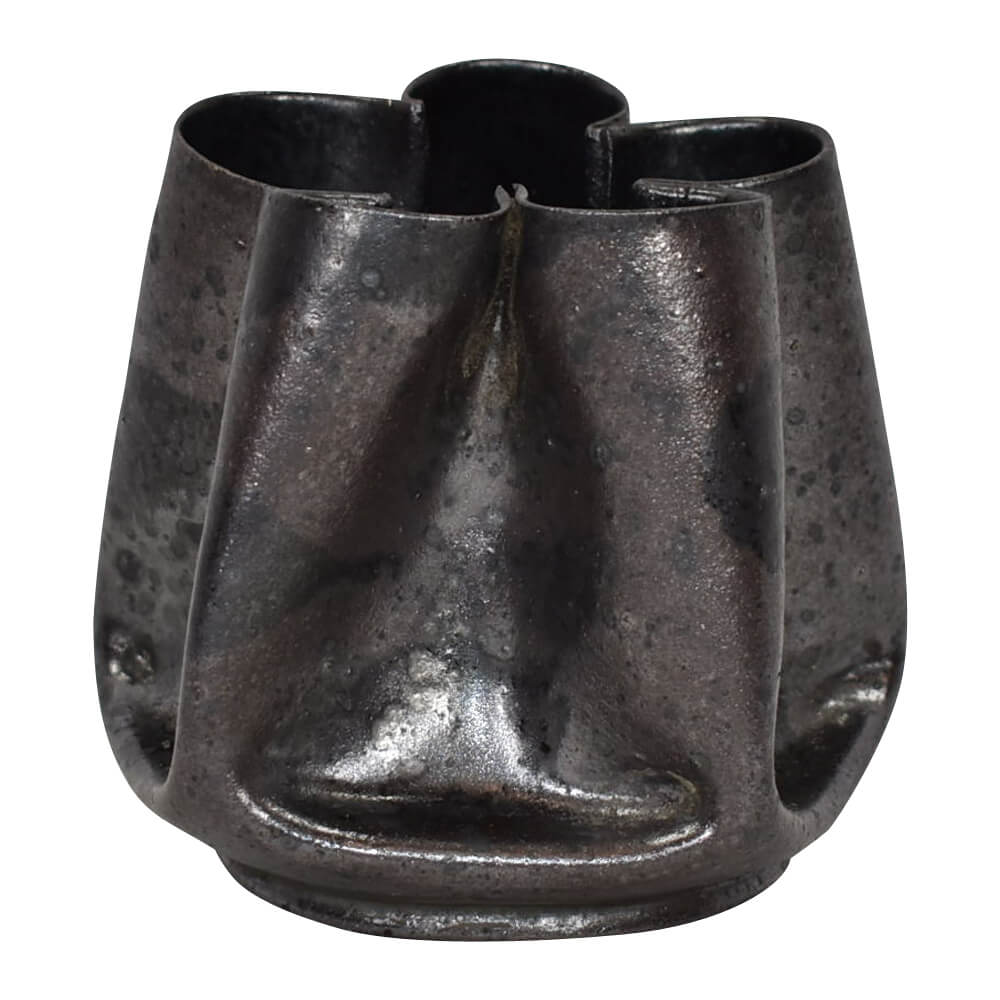
The Allure of George Ohr art pottery
George Ohr's pottery stands out for its unconventional, tortured and twisted forms, experimental glazes, and the artist's fearless approach to his craft. His pieces, often called "mud babies," challenged traditional notions of ceramic art. Ohr's work gained recognition posthumously, and the demand for his pieces surged, driving up their market value. As with any valuable art, the allure of profit has led to the emergence of forgers seeking to exploit the passion and wallets of collectors.
Motivations Behind George Ohr art pottery Reproductions and Forgeries
Understanding the motivations behind the creation of George Ohr art pottery reproductions and fakes is crucial in unraveling the web of deception. Financial gain is a primary driver for forgers, as authentic Ohr pieces can command significant sums at auctions and in the antique market. The scarcity of Ohr's original ceramic works only intensifies this drive, making the creation of convincing replicas a lucrative endeavor. Additionally, the prestige associated with owning a genuine Ohr piece adds to the desirability, fueling the market for fakes.
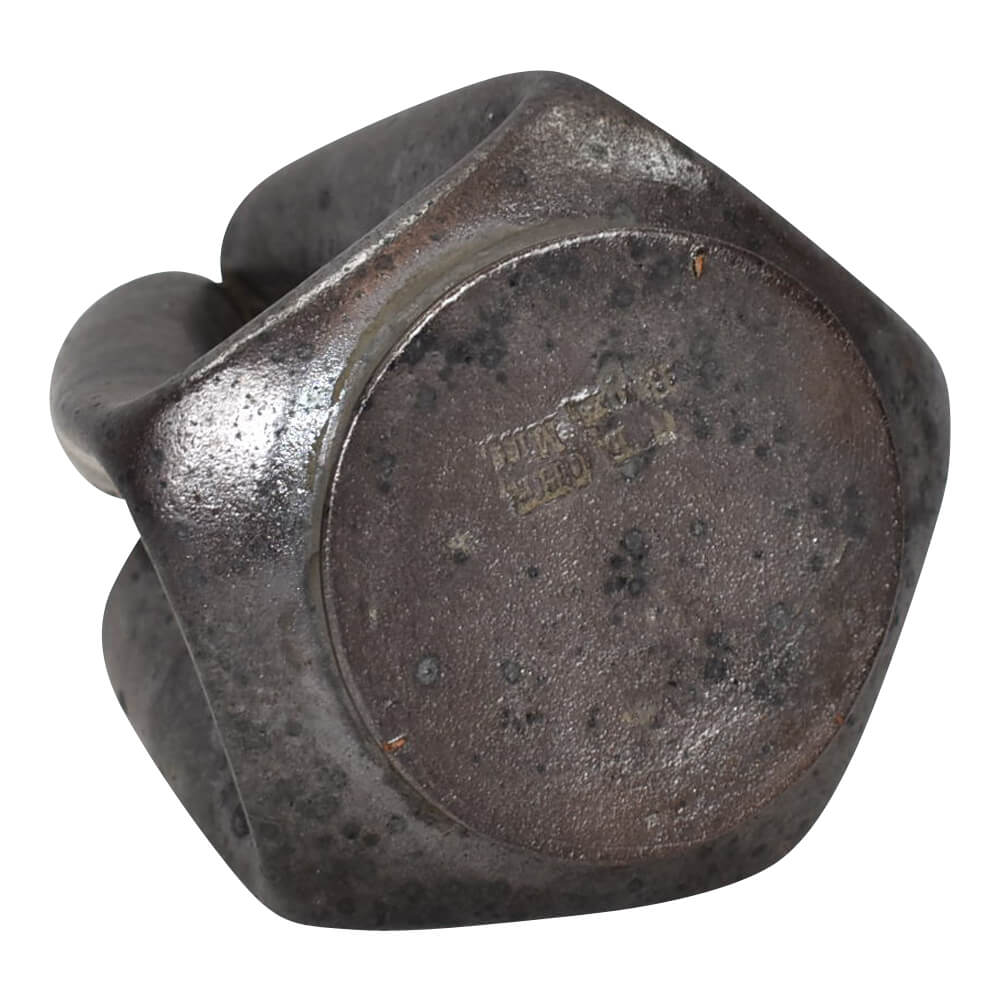
Methods Employed by Forgers
Forgery in the world of art and antiques has become increasingly sophisticated, and George Ohr art pottery is no exception. Forgers employ a variety of methods to create convincing replicas, ranging from simple techniques to more complex processes:
1. Imitating Techniques
Forgers closely study Ohr's techniques, experimenting with glazes, forms, and firing methods to replicate the artist's distinct style. Some may even use authentic materials from the same time period to enhance the illusion.
2. Aging and Distressing
To make a fake piece appear older, forgers may subject it to artificial aging processes. These can include exposure to specific environmental conditions, intentional wear and tear, or the application of substances to simulate the patina that naturally develops on vintage pottery.
3. Copying Marks and Signatures
Forgers pay meticulous attention to replicating Ohr's signature and pottery marks. Some may resort to copying authentic markings from genuine pieces, while others may create plausible imitations to deceive collectors.
4. Manufacturing Fake Documentation
Sophisticated forgers may go the extra mile by creating false provenance or documentation to accompany their fake pieces. This can include concocted stories about the history of the piece, its previous owners, and how it came to market.
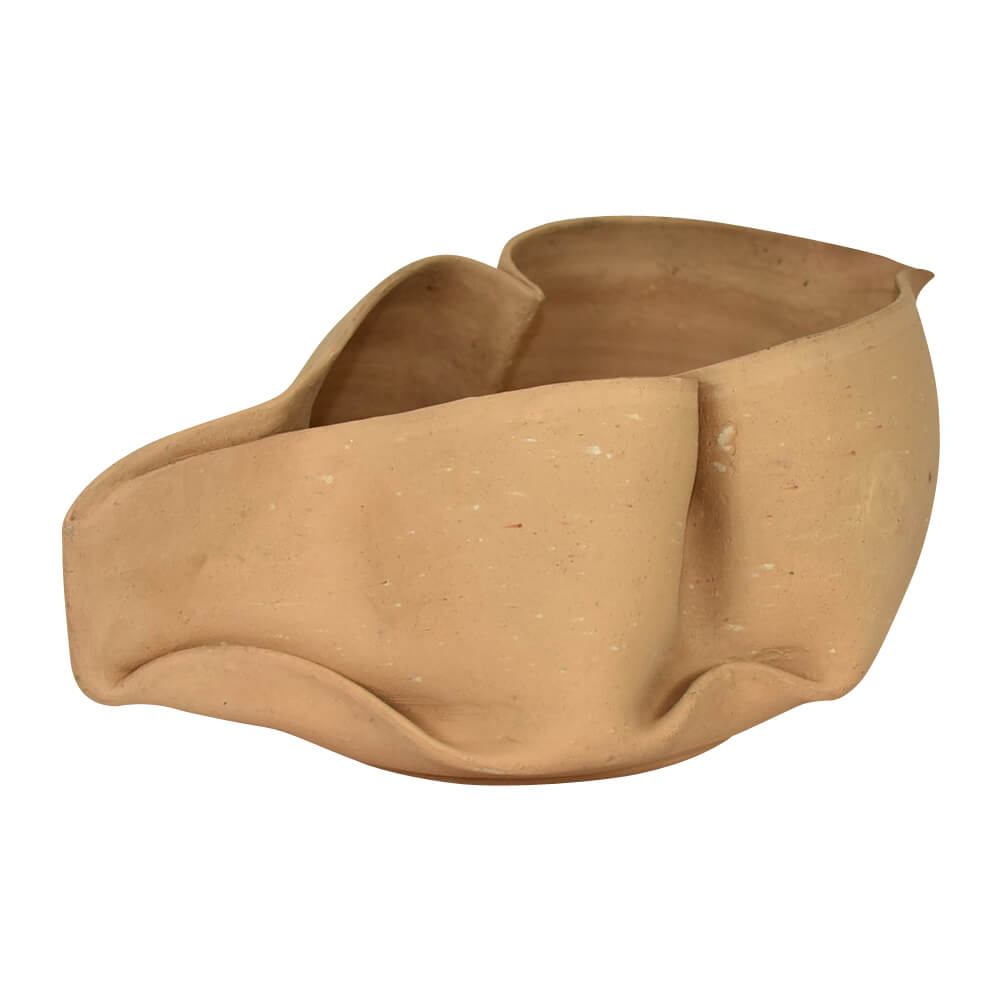
Detecting Fake George Ohr art pottery
Given the increasing sophistication of forgery techniques, detecting fake George Ohr art pottery requires a keen eye and a comprehensive understanding of the artist's work. Here are some tips to help collectors and enthusiasts differentiate between genuine and fake pieces:
1. Detailed Research
Thoroughly research George Ohr's work, including his various styles, forms, and glazes. Familiarize yourself with the unique characteristics, particularly the marks and thinness of the clay bodies of authentic pieces, to better identify deviations in fakes.
2. Examine Signature and Marks
Scrutinize the signature and marks on the pottery. Genuine Ohr pieces often feature irregular, handwritten signatures. Be wary of pieces with overly perfect or uniform markings, as these may indicate forgery.
3. Consult Experts
Seek the opinion of experts or appraisers specializing in George Ohr art pottery. These professionals can provide valuable insights into the authenticity of a piece based on their experience and knowledge.
4. Provenance Verification
Thoroughly vet the provenance and documentation accompanying a piece. Be skeptical of incomplete or dubious histories and insist on credible documentation that traces the piece's ownership back to its creation.
5. Physical Examination
Examine the physical characteristics of the pottery, such as the weight, texture, and finish. Genuine George Ohr ceramics often exhibit unique tactile qualities that may be challenging for forgers to replicate accurately.

Seven Specific Indications or Characteristics of George Ohr Reproductions or Fakes
1. Glazed examples with the flowing script signature
As many collectors know many of George Ohr’s later examples were intentionally left unglazed in the bisque form. For years, many collectors thought the unglazed bisque examples were unfinished pieces. Some time around the 1970s, many unglazed bisque examples were reglazed and sold in the retail market. As the knowledge of the reglazed Ohr examples has become more commonplace, collectors’ interest in the bisque examples has skyrocketed.
Many of Ohr’s later pottery was unglazed and marked with the flowing script signature. While not a hard and fast rule, one should closely examine glazed examples of Ohr with the flowing script signature.
2. Clean examples
The reglazed examples of George Ohr ceramics from the 1970s are typically very clean. Original George Ohr art pottery often is not nearly as clean.
3. Dull or opaque glazes
Ohr’s original glazes typically show a lustrous depth not seen on the reglazed examples. Many of the reglazed Ohr pieces are done in red.
4. Swirled clay with colored glaze
Ohr examples produced from scroddled or swirled clay were only glazed with clear color.
5. Disproportionate number of reptiles
Fake George Ohr ceramics are often seen with a disproportionate number of snakes.
6. Clean bottoms
The majority of George Ohr art pottery has glazed bottoms. The early reproductions have clean, unglazed bottoms. However, Rago notes later forgers have caught on to this fact.
7. Pinpoint stilt marks
Authentic George Ohr ceramics were fired on long, Y-shaped stilts. Typically fake or reproduction Ohr examples were fired on pin stilts, leaving pinpoint stilt marks.

Conclusion
As the market for George Ohr art pottery continues to grow, so does the risk of encountering fakes and reproductions. Collectors and enthusiasts must remain vigilant, armed with knowledge and a discerning eye to navigate this intricate landscape. By understanding the motivations of forgers, the methods they employ, and employing thorough research and examination techniques, one can better safeguard against falling prey to the allure of fake George Ohr art pottery. Preserving the integrity of Ohr's legacy requires a collective effort from the community to expose and denounce fraudulent practices, ensuring that the mad genius of Biloxi continues to be celebrated for generations to come.


